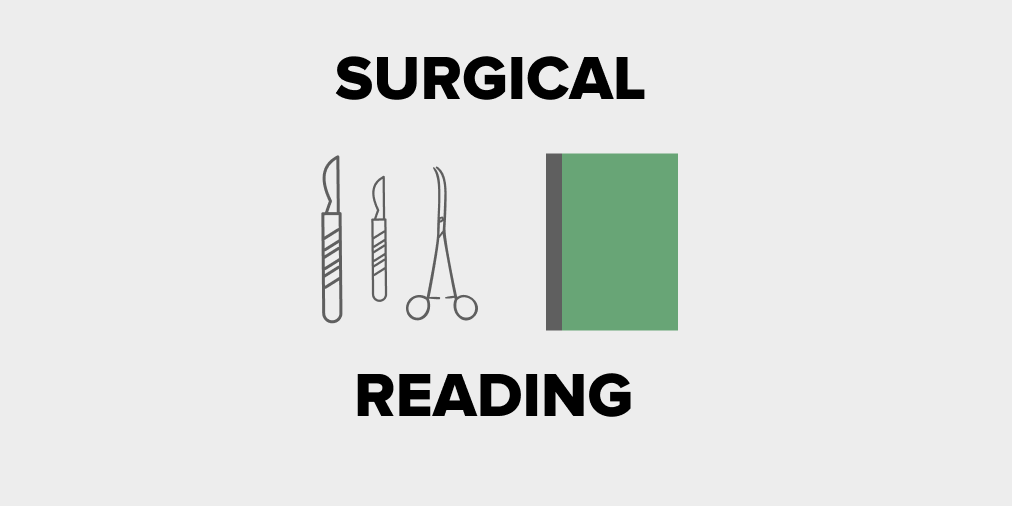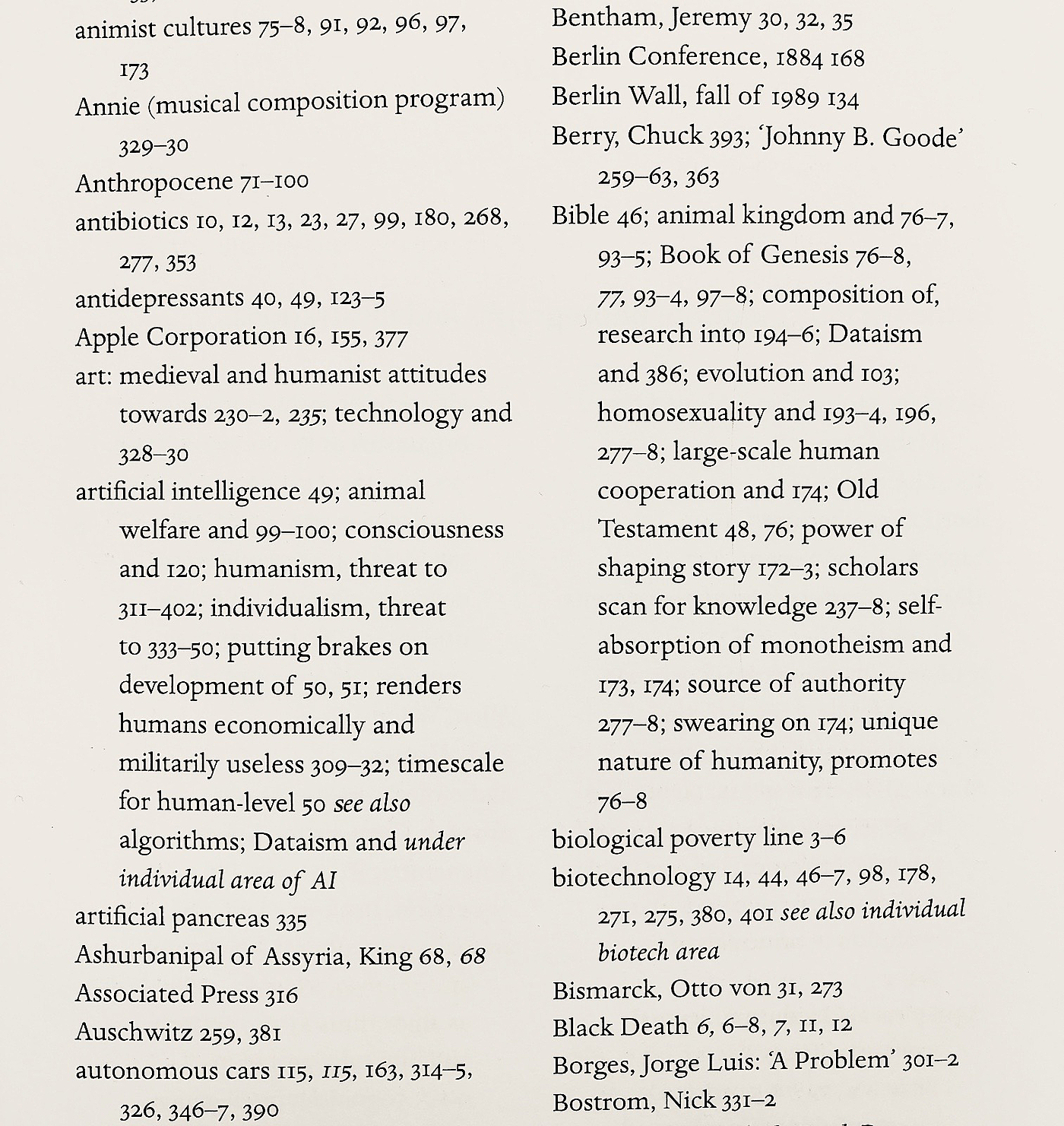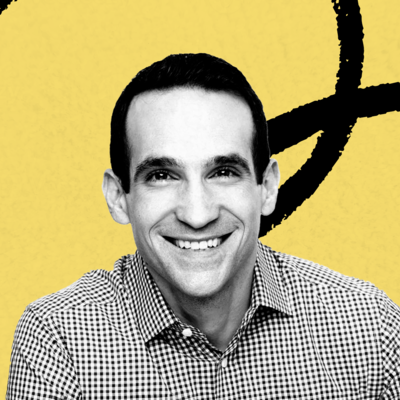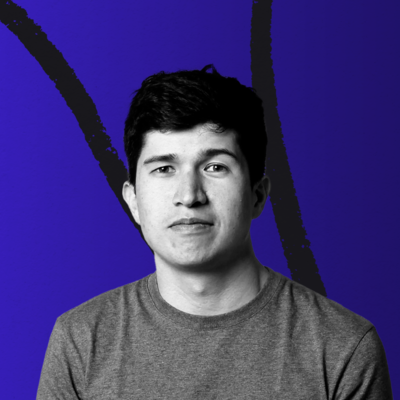
Hi everyone — Dan here. Today’s post is written by my friend Brian Tobal. He has one of the most unique and interesting reading processes I’ve ever encountered, so I invited him on to Superorganizers to share it with us. I’ve picked up a lot from learning how he reads, and I hope you do too. Here’s Brian…
It’s always a little awkward when people ask what I’m reading, because usually it’s about a dozen books at once.
But I’m not reading this way for show — I’m doing it because I think reading this way is actually better. At least for me.
It’s a process I’ve developed called surgical reading and it means that when I’m reading a non-fiction book, I focus on locating and removing the most valuable pieces of information from it quickly as possible. This allows me to read many different books across a single topic at once, so I can look at it from multiple perspectives. My goal is to quickly locate valuable knowledge and use the information I acquire in the real world to solve problems.
There are a lot of hidden benefits to this approach. First, I can quickly get a sense of how interested I am in a book, and hence I spend more time reading things I’m actually interested in. When I’m not interested in a book I can drop it and move on to something else, knowing that if I return it will be for a reason. Reading shouldn’t be about checking titles off of a todo list, it should be an exploration of what fascinates you.
Second, I can view a topic from multiple perspectives and really understand the issues. Rather than rely on the account of one author, I can see how many different people talk about the same events, and ideas. This gives me a much more nuanced perspective on whatever topic I’m currently interested in.
Finally, it transforms books into something more active and less passive. My library has gone from a storage space to something that’s alive, something that I’m constantly interacting with.
And, of course, when I find a book I really like, which happens more often now, I can get the most out of it.
Who I Am
My name is Brian Tobal, and I spend most of my time thinking about learning. Over the past 15 years, I’ve worn a lot of hats in the education world. I’ve been an elementary school science teacher, a researcher at an educational research firm, head of product at a half-dozen ed-tech startups, and also a founder of a few startups myself including a company called Hickory that I sold in 2018.
I love startups. From a learning perspective, they allow you to fully immerse into new fields and, by their nature, force you to solve real problems. This has informed my own personal approach to learning and therefore to reading. I don’t build a knowledge base just to have knowledge. I build it to use it. Typically as soon as I can.
That’s what surgical reading is designed to help me do.
So are you ready to give it a try? Go pull some book off the shelf that’s been sitting there for a while, hopefully one that you haven’t read. Follow along with me, and see for yourself what it’s like to read surgically.
Let’s get started!
Use the Book Itself as a Map
Here’s a breakdown of how I go about reading a book:
- Approach a book
- Judge a book by its cover
- The index is everything
- Use the TOC as the skeleton
- Preview with the preface
The point of this process is to gain the ability to “map out” any book in ~ 15 minutes. You want to walk away with a sense of where the valuable knowledge is located, what interests you, and how much time you want to devote to reading it.
Below, we’ll do a walkthrough of the process of extracting the important points (knowledge nuggets, if you will) from one book, how to compound the value of reading a single book at a time, and how to combine everything so that you can easily ingest multiple books at once.
Approaching a Book
Before I start reading a non-fiction book, I’ll take between 5-10 minutes and try to get a sense of what value it has to me and how it is structured. We all do this in some fashion when deciding that we want to read a book. Maybe you read some reviews or quotes on Amazon, or leaf through some random sections. I prefer to use the book itself.
Again, I’m typically not interested in reading the book start to finish, and so if I’m going to remove the information I need, I need to locate it first. What I want is a map (either mentally or written out) of what the book is about. You can use your built in brain memory, a notecard, a Google Doc, or some fancy-pants note-taking system as the capture mechanism—you make you happy here.
Judge a Book by its Cover
I start by giving the title and subtitle some thought. I know it sounds mundane, but authors spend a lot of time thinking of these, and typically they signal a point of view.
For instance, take A Short History of the United States versus A People’s History of the United States. What does the author mean to imply by emphasizing “People” instead of “Short”? Or The American President versus Accidental Presidents. Again, “Accidental” stands out here and implies a point of view, while alluding to the content behind the cover.
One of my favorite titles isWeb Form Design, subtitled Filling in the Gaps. The whole book is about designing web forms, and that punny sense of humor is infused throughout.
The Index is Everything
You can take any path you want, but for me, the index is my first stop after the title. Armed with a guess of the book's point of view from the title, I use the index to understand what topics we’re going to cover and hopefully how we’re going to approach them.
If you want to play along, open that non-fiction book you haven’t read yet — or just see the example below.
Look through the index, notice what topics are covered, and more importantly, at what depth. If an author is spending a good deal of pages on something, make a note of that topic. (You might try Dan’s fourfold index approach for this!)
Remember, what we’re trying to do with this process is answer two questions: what is this book about, and, am I interested in reading it? I’ll take a look at a random book from my bookshelf and look through the index, right now. Turns out this book is Homo Deus by Yuval Noah Harari.
Ok, first index page...boom! What do I see?
What stands out? What topics get a lot of coverage? What seems interesting or out of place?
I can see that the author is going to spend more time on “AI” and the “Bible” than “animist cultures” or “Chuck Berry.” That’s too bad, I kind of feel like a book about animist cultures and Chuck Berry would be pretty interesting.
Anyway, there’s something called the “biological poverty line” which I’ve never heard of before....interesting. It’s early in the book (pages 3-6), and seems to be followed by the “Black Death,” which means the book is going to start with disease and poverty—how comforting.
The Only Subscription
You Need to
Stay at the
Edge of AI
The essential toolkit for those shaping the future
"This might be the best value you
can get from an AI subscription."
- Jay S.
Join 100,000+ leaders, builders, and innovators

Email address
Already have an account? Sign in
What is included in a subscription?
Daily insights from AI pioneers + early access to powerful AI tools












Comments
Don't have an account? Sign up!
This is an amazing post. Thank you so much for well-detailed process. I really liked the idea of combing Readwise.io, Anki, and Playbook. Playbook is something which I haven't read or heard before. I will definitely explore the Playbook more. I would love to see a follow-up post on how to create a Playbook. I hope others would also like to know more about this.
The sentence that stretched my perspective never to be same again - "I don’t build a knowledge base just to have knowledge. I build it to use it. Typically as soon as I can."